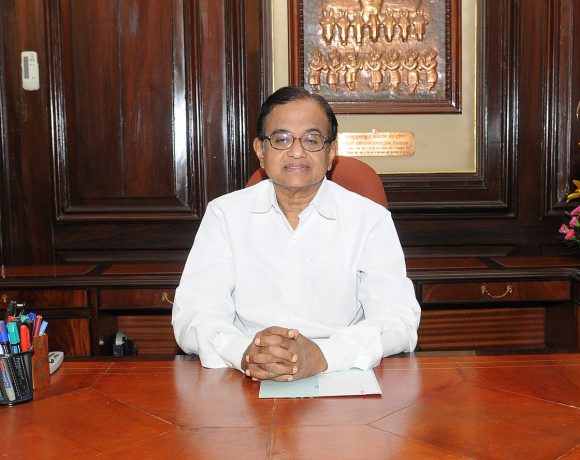
India’s DBT System Saves ₹3.48 Lakh Crore Since 2013, Slashes Subsidy Leakages by Half
India’s Direct Benefit Transfer (DBT) system has saved the exchequer a staggering ₹3.48 lakh crore since its inception in 2013, according to official data released this week. By replacing traditional welfare disbursement models with a digitally monitored, Aadhaar-linked transfer mechanism, the government has significantly curtailed subsidy leakages and improved the efficiency of public service delivery.
The DBT system, which now spans over 300 schemes across 50 ministries, uses Aadhaar-based authentication, bank account linkage, and real-time transaction monitoring to transfer benefits directly to eligible beneficiaries, eliminating the role of middlemen and duplicate claims.
Subsidy Allocation Nearly Halved Since Rollout
A key impact of the DBT system has been the substantial reduction in annual subsidy allocation. In FY2013–14, total subsidies stood at ₹2.57 lakh crore. In contrast, the revised estimate for FY2023–24 shows this figure reduced to just ₹1.52 lakh crore — a drop of nearly 41%.
This decline is not due to withdrawal of schemes but largely attributed to better targeting, exclusion of ghost beneficiaries, and automation of eligibility criteria. Subsidies in critical sectors such as LPG, food, and fertilizers now operate through DBT pipes, ensuring that only the genuine and deserving receive support.
From Pilot to Nation-Wide Backbone
Launched in 2013 with just 24 schemes on pilot basis, DBT has now become the financial spine of India’s welfare delivery. Over 1.38 lakh crore DBT transactions were recorded in FY2022–23 alone, spanning cash transfers, in-kind subsidies, and scholarships.
The most successful implementations include the PAHAL LPG subsidy, PM-KISAN income support, scholarships, MNREGA wage payments, and National Social Assistance Programme (NSAP) pensions. The JAM Trinity — Jan Dhan bank accounts, Aadhaar, and Mobile — forms the backbone of the DBT infrastructure.
Efficiency, Transparency, and Empowerment
Officials credit DBT with improving not just fiscal efficiency but also public trust. Beneficiaries now receive direct notifications of deposits and are empowered with greater control over their entitlements. The real-time monitoring system also helps ministries detect anomalies, plug data mismatches, and speed up grievance redressal.
Moreover, Aadhaar seeding and mobile-based OTP verification ensure that money reaches the right person — typically within hours of sanction — as opposed to weeks or months under the manual system.
Looking Ahead: Expanding Scope and Integration
With digital penetration increasing, the government now plans to expand DBT to new domains, including subsidies on electric vehicles, rural housing materials, and more complex insurance payouts. Discussions are underway to integrate real-time analytics and AI-based targeting to further enhance impact.
The success of DBT is also being studied by several developing countries and international bodies as a model for digital welfare infrastructure. As India eyes fiscal prudence amid rising welfare demands, DBT continues to serve as both a policy instrument and a governance reform.


















